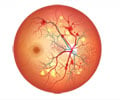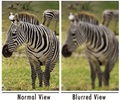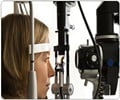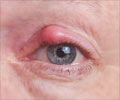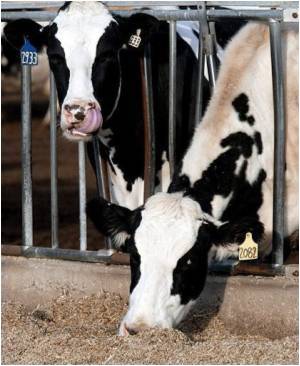
Jacob Petrich and colleagues note that the human form of Mad Cow Disease is linked to eating beef from animals infected with abnormal proteins called prions implicated in a range of brain diseases.
Scientists are trying to develop tests to detect infected cattle before they enter the food supply.
Past studies suggest that chemical changes in an animal's retina, the light sensitive nerve tissue in the back of the eye, may provide a basis for detecting prion diseases.
The scientists showed that retinas of sheep infected with scrapie, a disease similar to Mad Cow Disease, emit a characteristic glow when examined with a beam of light from a special instrument.
They suggest that eye tests based on the finding could become important in the future for fast, inexpensive diagnosis of prion diseases and other neurological diseases.
Advertisement
Source-ANI

